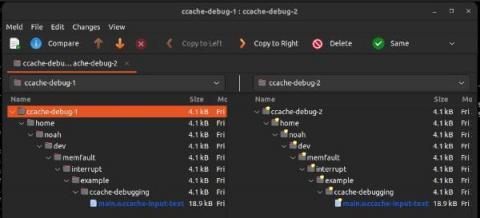Building more reliable Bluetooth LE products with Memfault
Building devices that utilize Bluetooth® Low Energy introduces complex performance and debugging challenges. Memfault helps Nordic customers resolve any issues quickly making development, maintenance and improvement of devices easy. In this webinar, you see how nRF52 and nRF53 Series developers now have free out-of-the-box access to Memfault’s IoT reliability platform to accelerate go-to-market, derisk product launches, and ship more robust, always-improving products.











